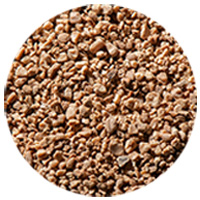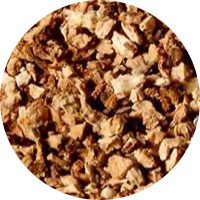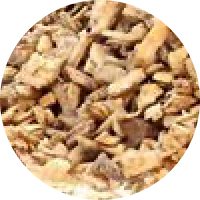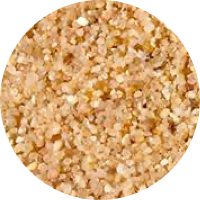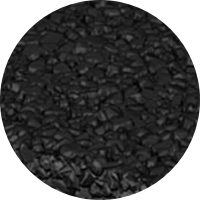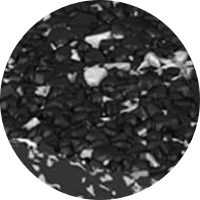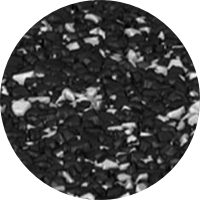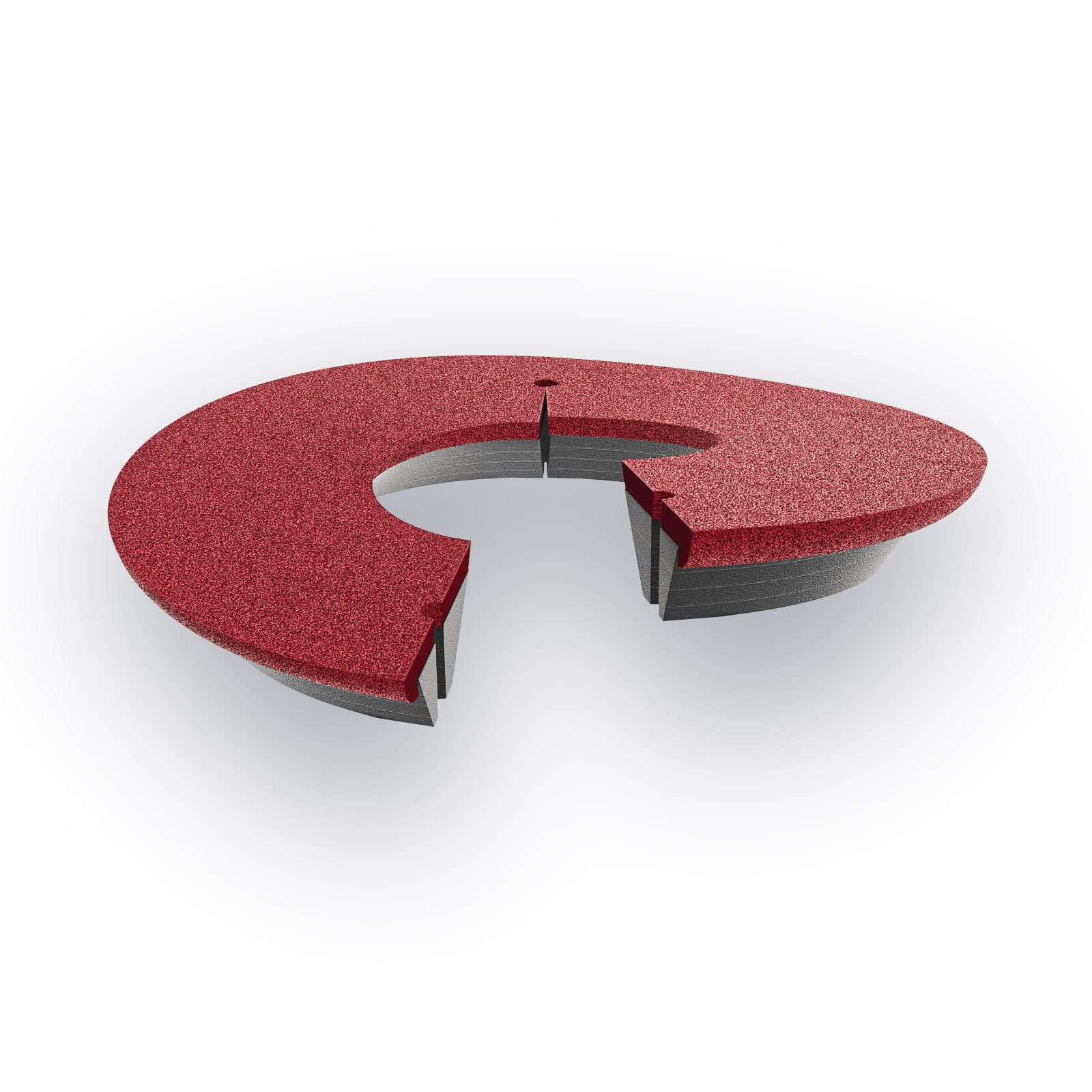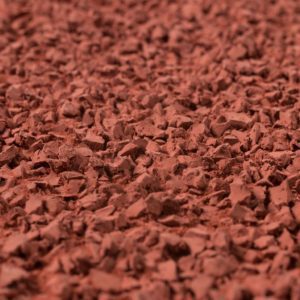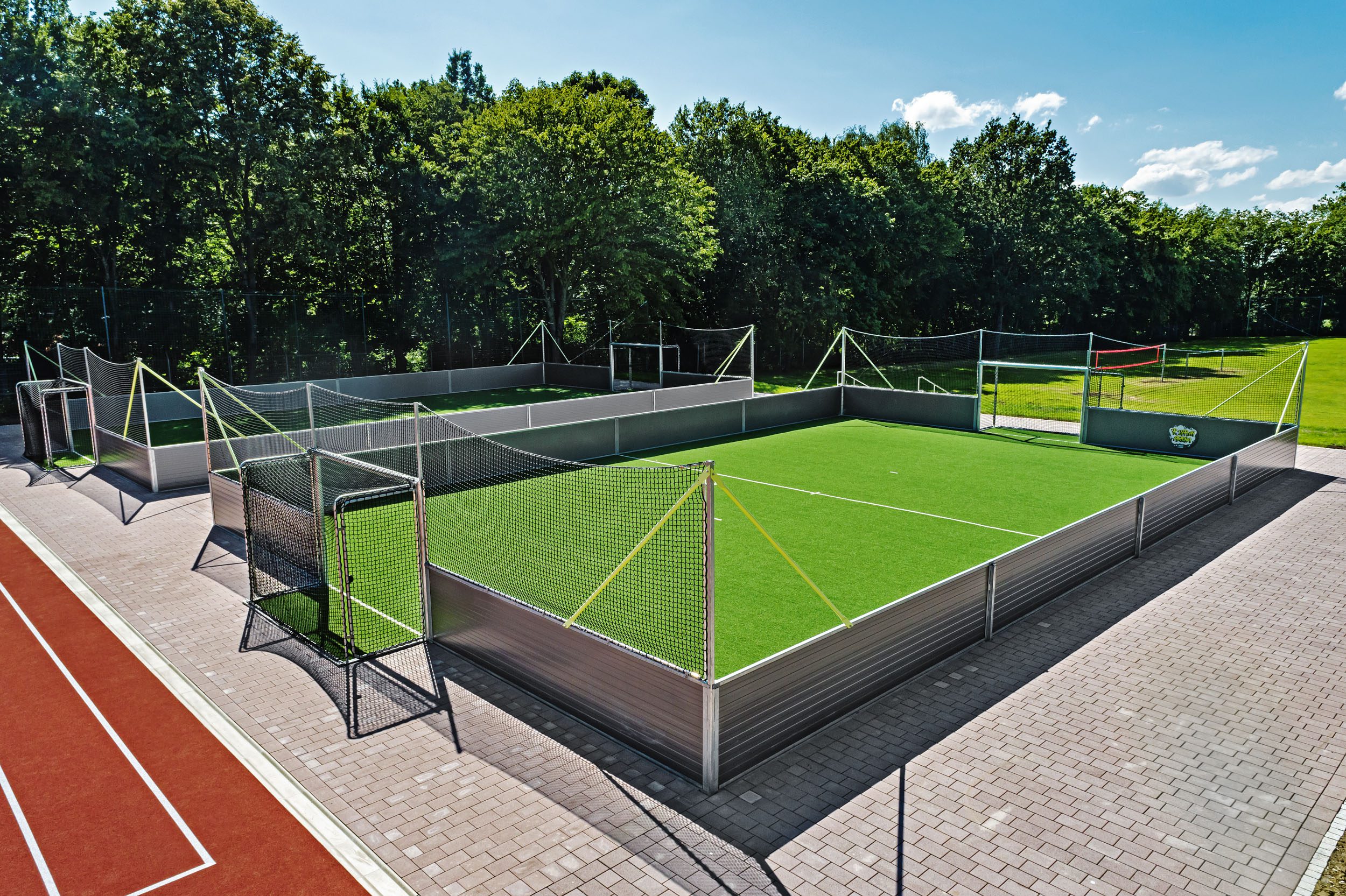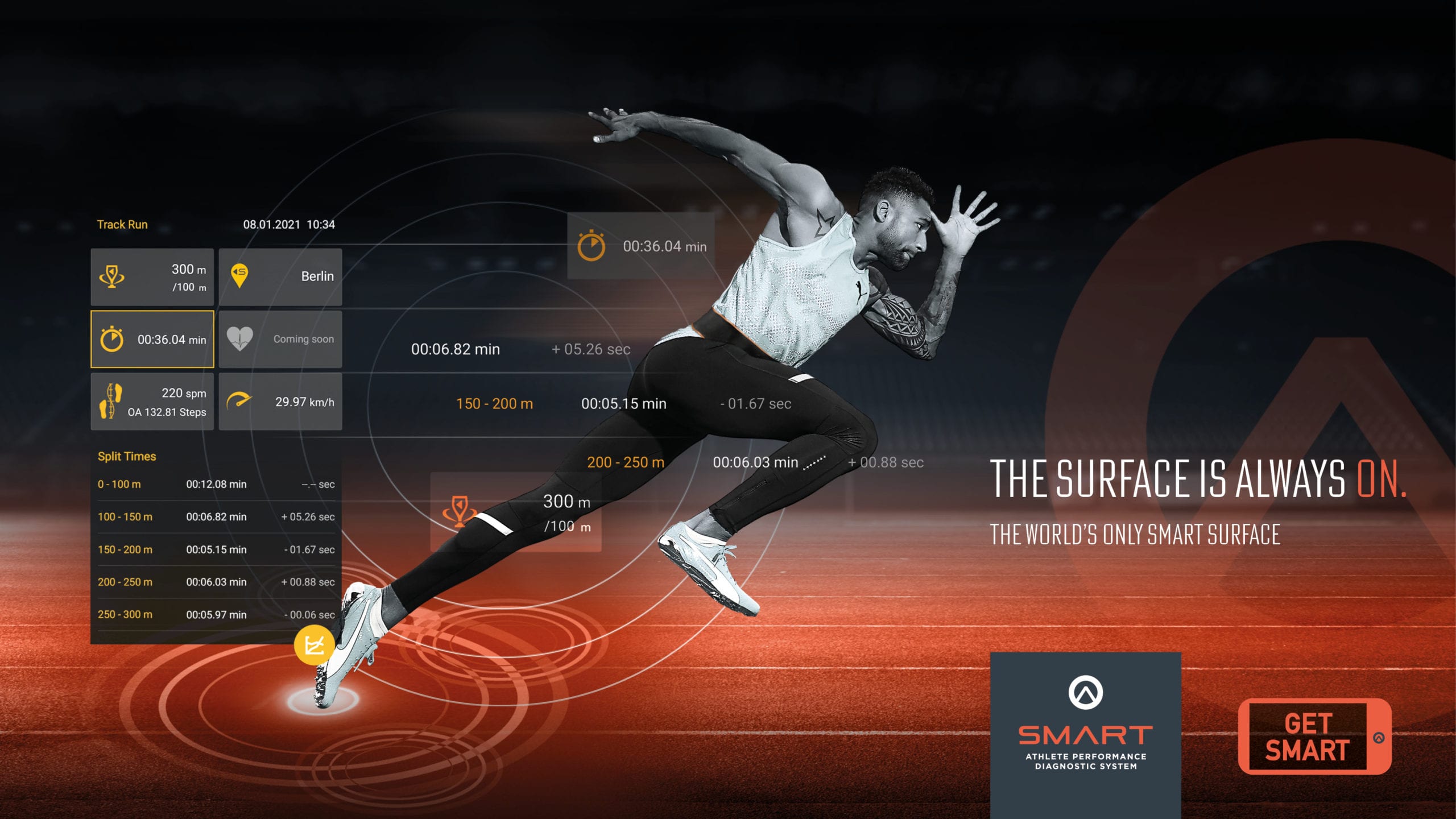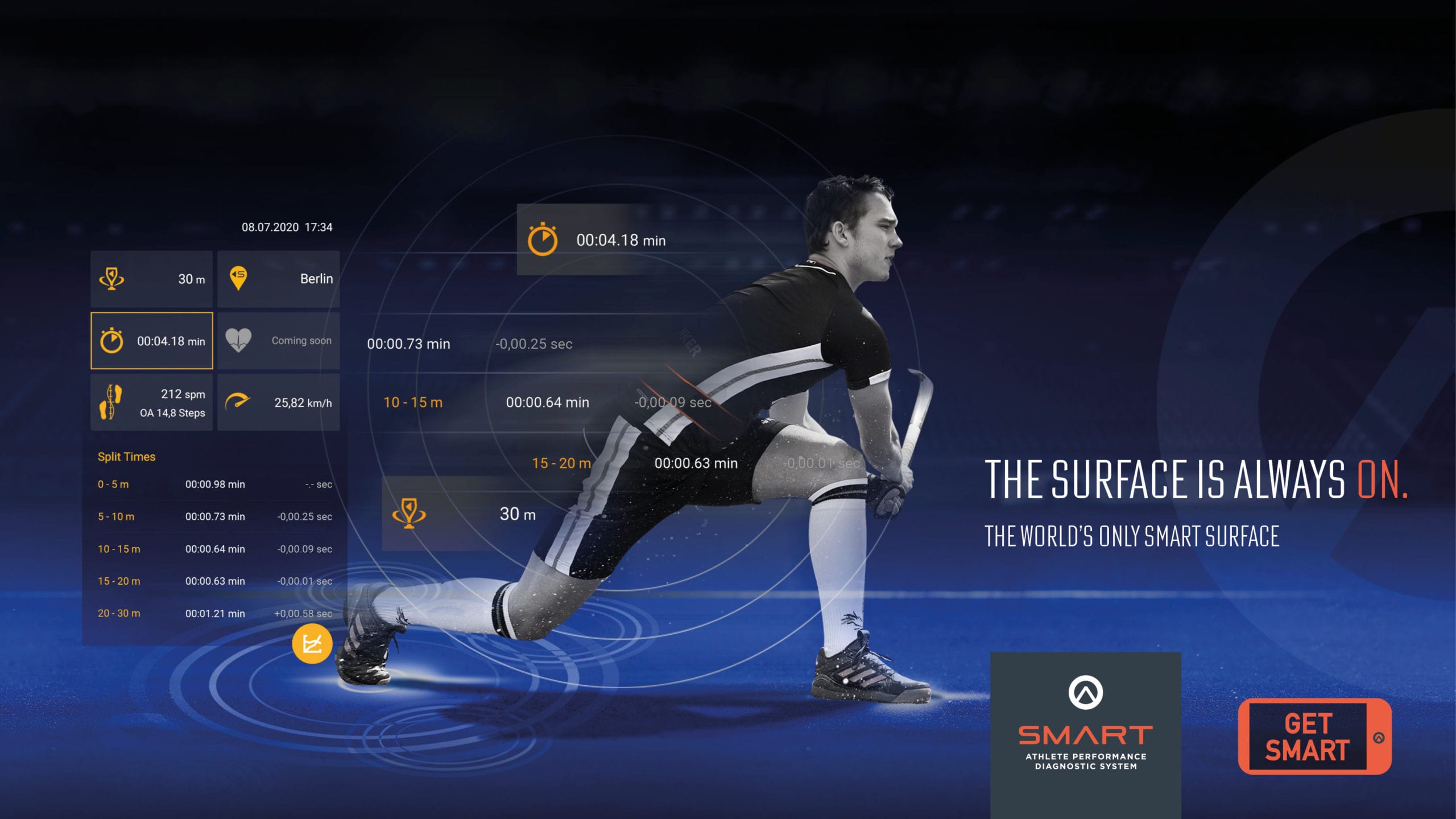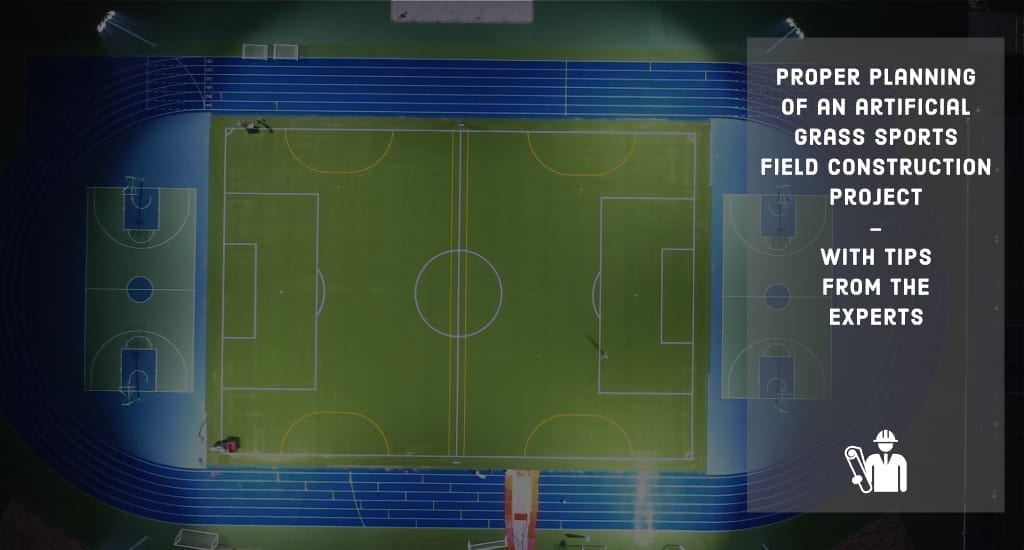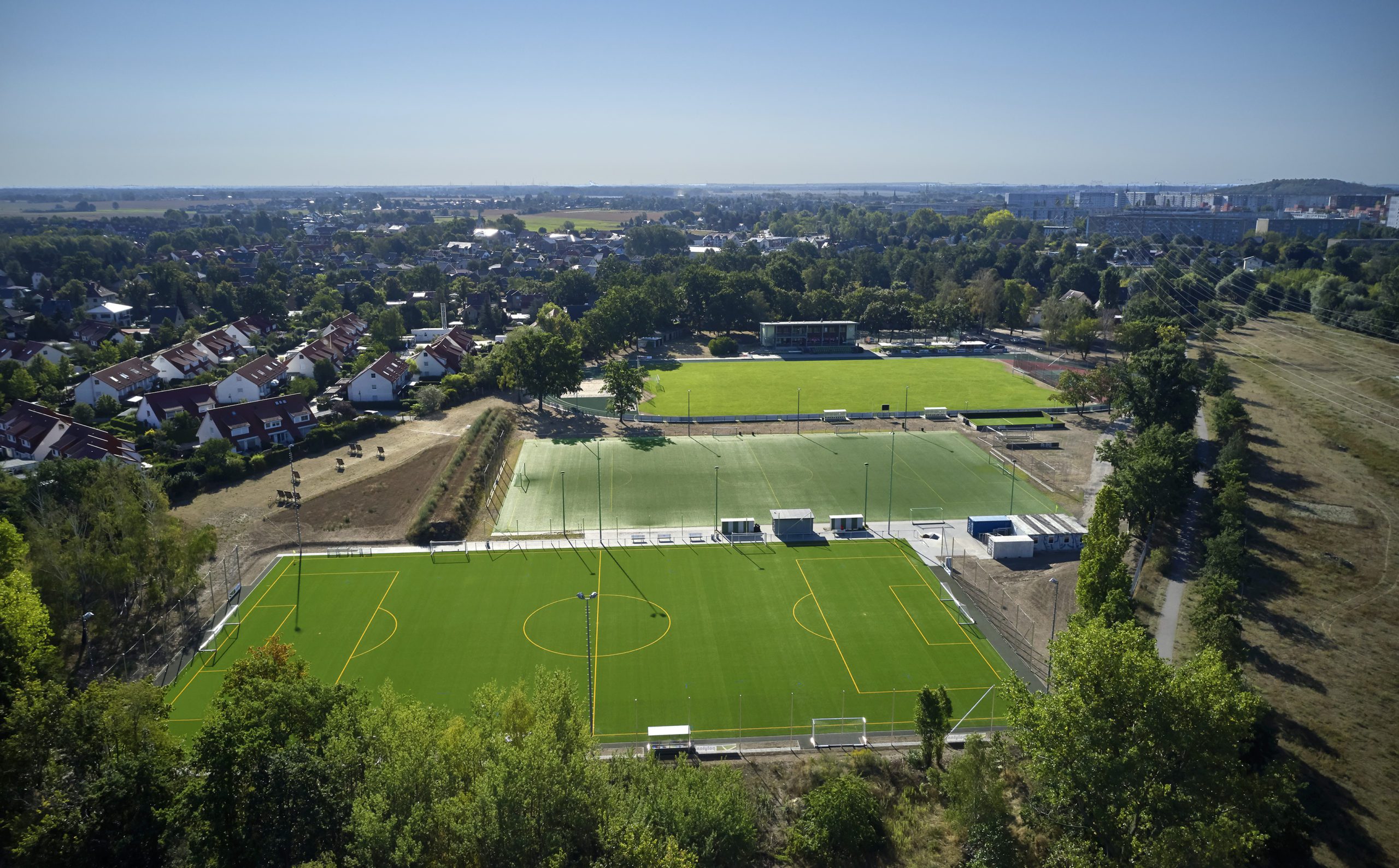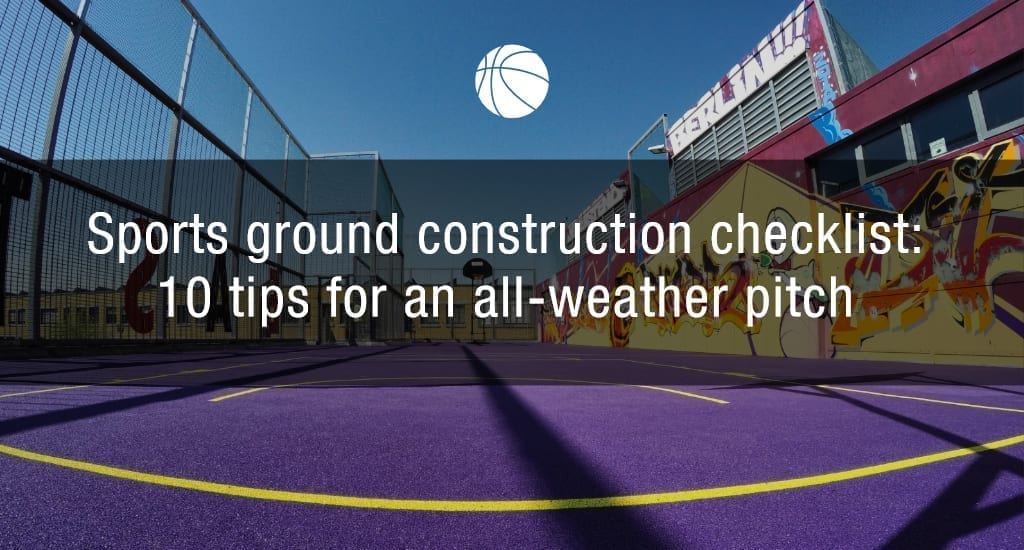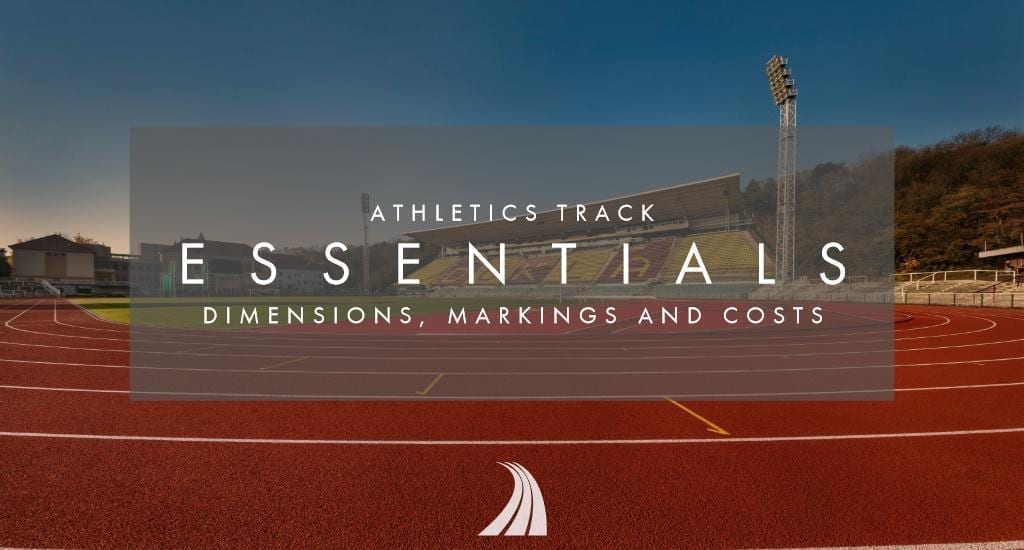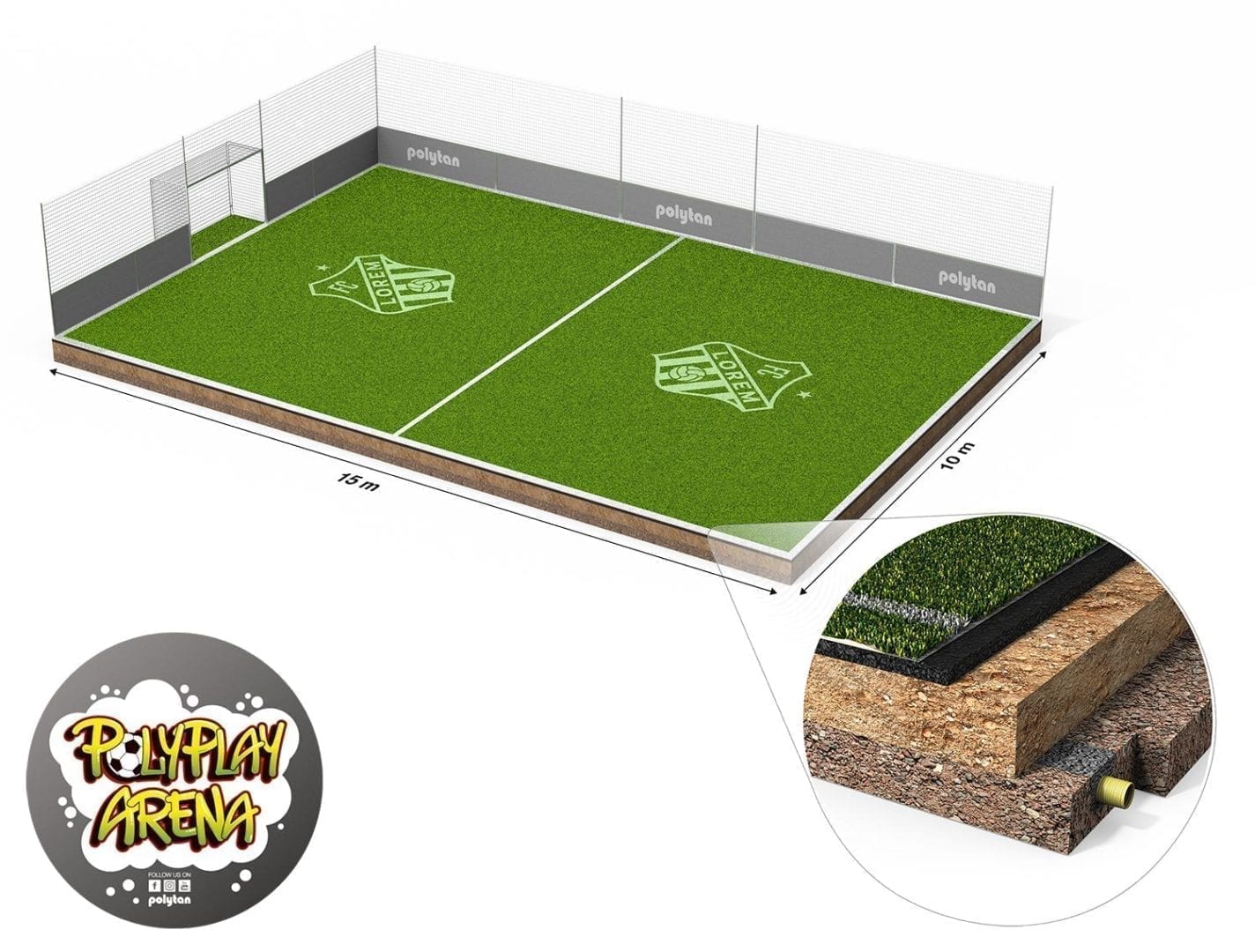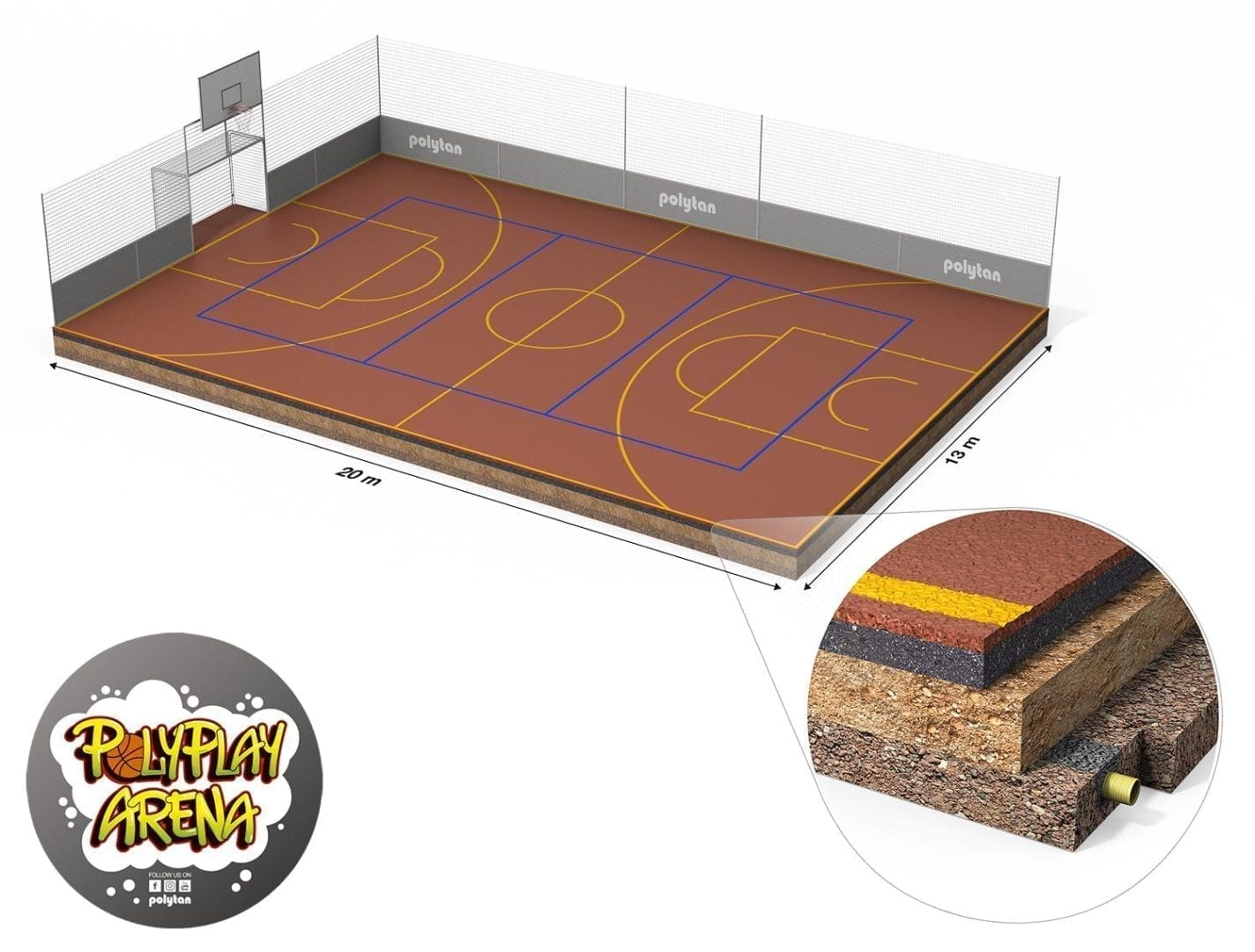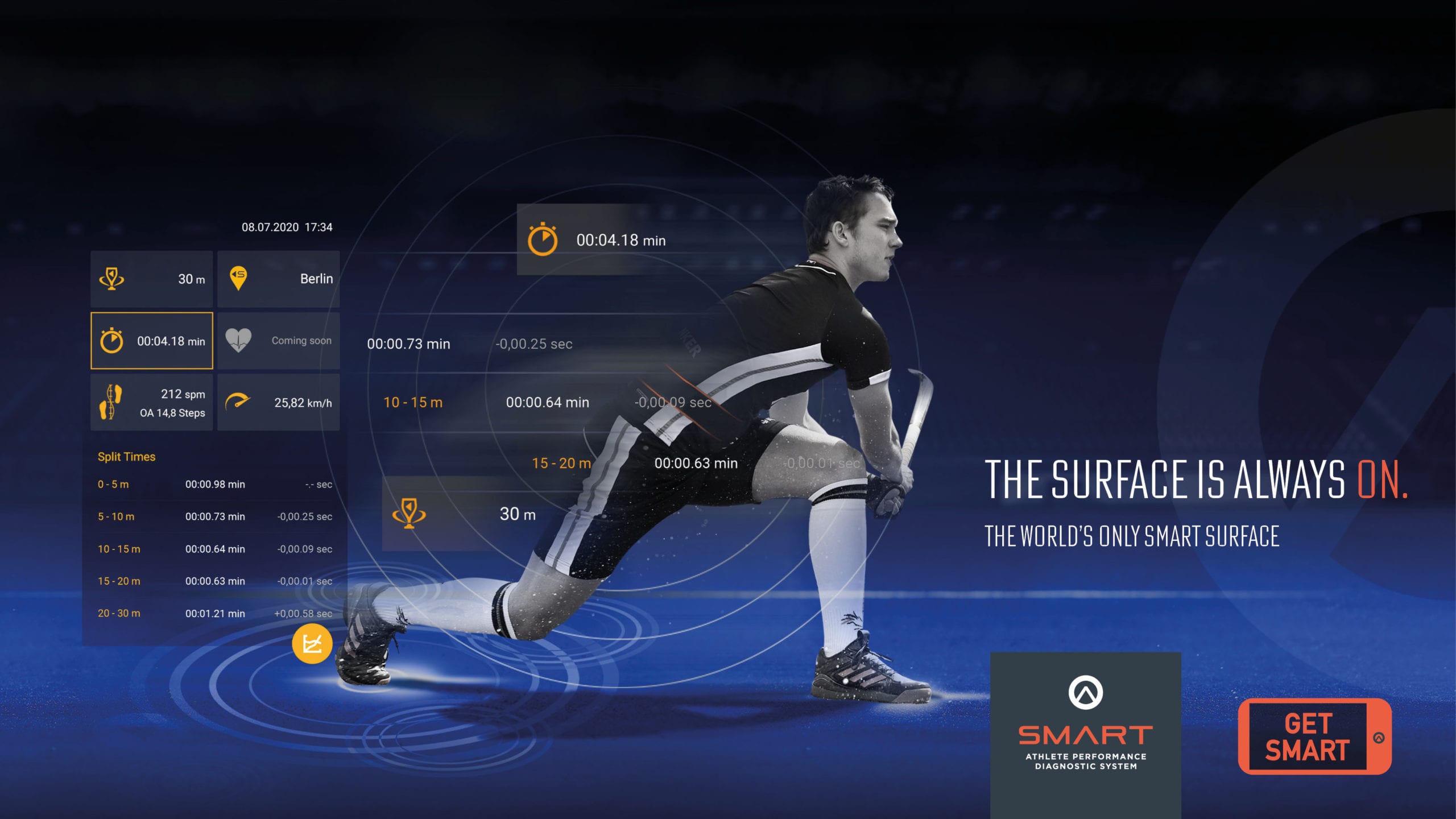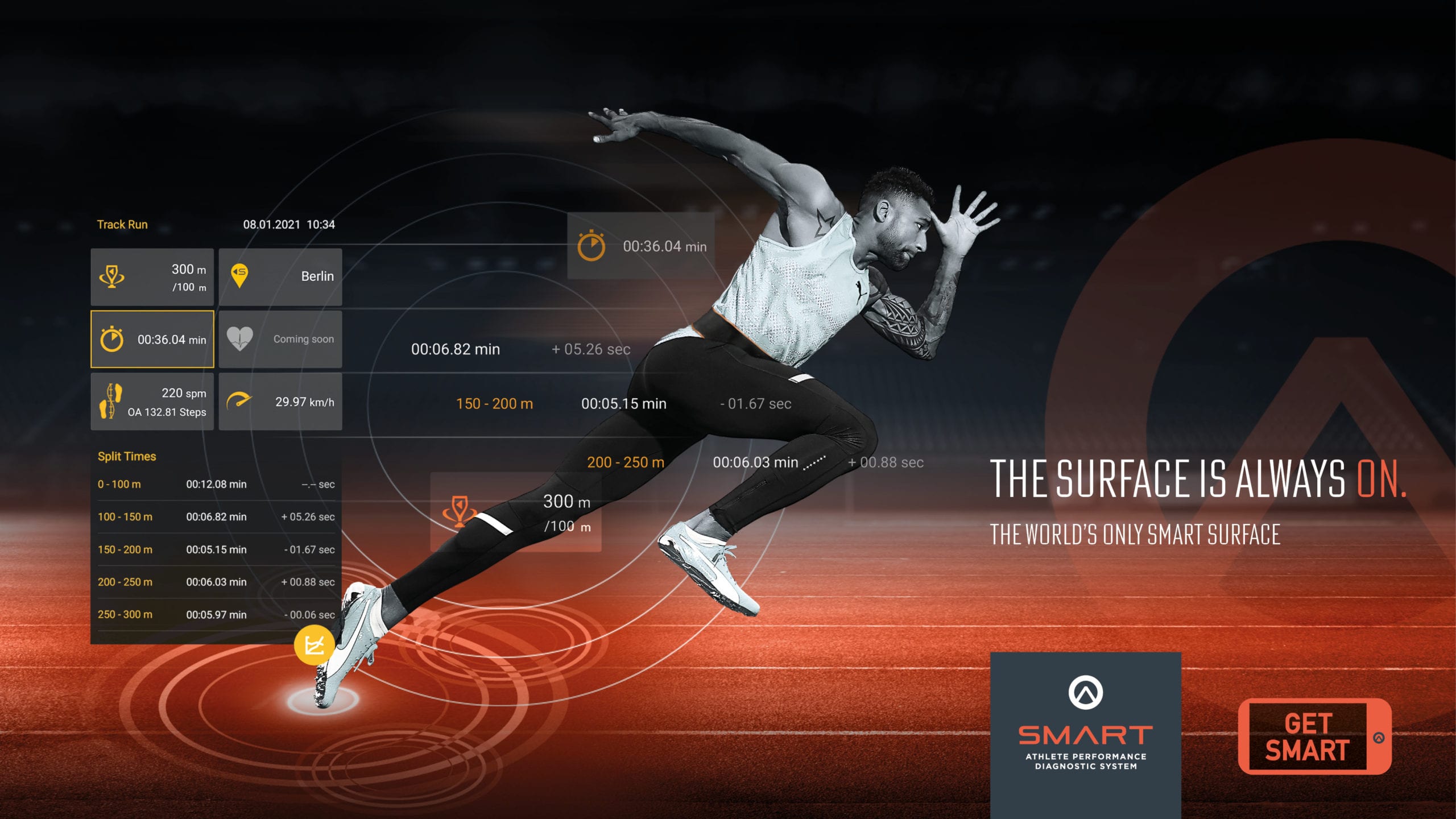Any sports club or inexperienced garden or landscape architect wishing to tackle a sports field construction with artificial turf should pay close attention. Sports field construction costs can quickly get out of hand due to poor planning, unsuitable products or incorrect installation of the new sports floor, among other things. To ensure your new artificial grass pitch is created without complications and within the planned time frame, from the initial idea to the first match, we have compiled some essential points to help you create the best possible plan for your new pitch. The article is particularly relevant as it also includes useful tips from an expert planner who specialises in sports facility construction.
From the idea to the finished pitch – that's how long it takes to build a sports field
According to expert experience, it generally takes two to three years until all preliminary discussions, pre-planning, building law fundamentals, the building application, financing, etc. are completed. The actual construction of an artificial grass pitch only takes around three months. Due to weather conditions in North- and Central Europe, construction takes place between April and November, when the ground is guaranteed to be frost-free and work can progress rapidly. First of all, everyone should get an overview of the relevant laws, regulations and provisions of the respective country that accompany the construction of a sports field. We show exemplarily the legal situation in Germany.
DIN 18035 regulates the construction and planning of a sports field in Germany
The essential requirements for the planning and construction of sports facilities in Germany are regulated by DIN 18035, Part 1-7. Depending on the individual construction project, additional laws, ordinances and regulations may need to be taken into consideration. Generally, sports fields are subject to the approval requirements of the respective state building regulations. For example in Germany the requirements for artificial turf are generally regulated by the DIN EN 15330-1 European standard and are audited by quality assurance programmes such as DIN Certco or RAL. So that you don’t lose track of the many different laws and regulations all over the world, it is advisable to consult an experienced expert for each individual sports field construction project. It is advisable to do so even during the early design and financing phase so that all project costs, and follow-up costs, can be realistically estimated from the start.
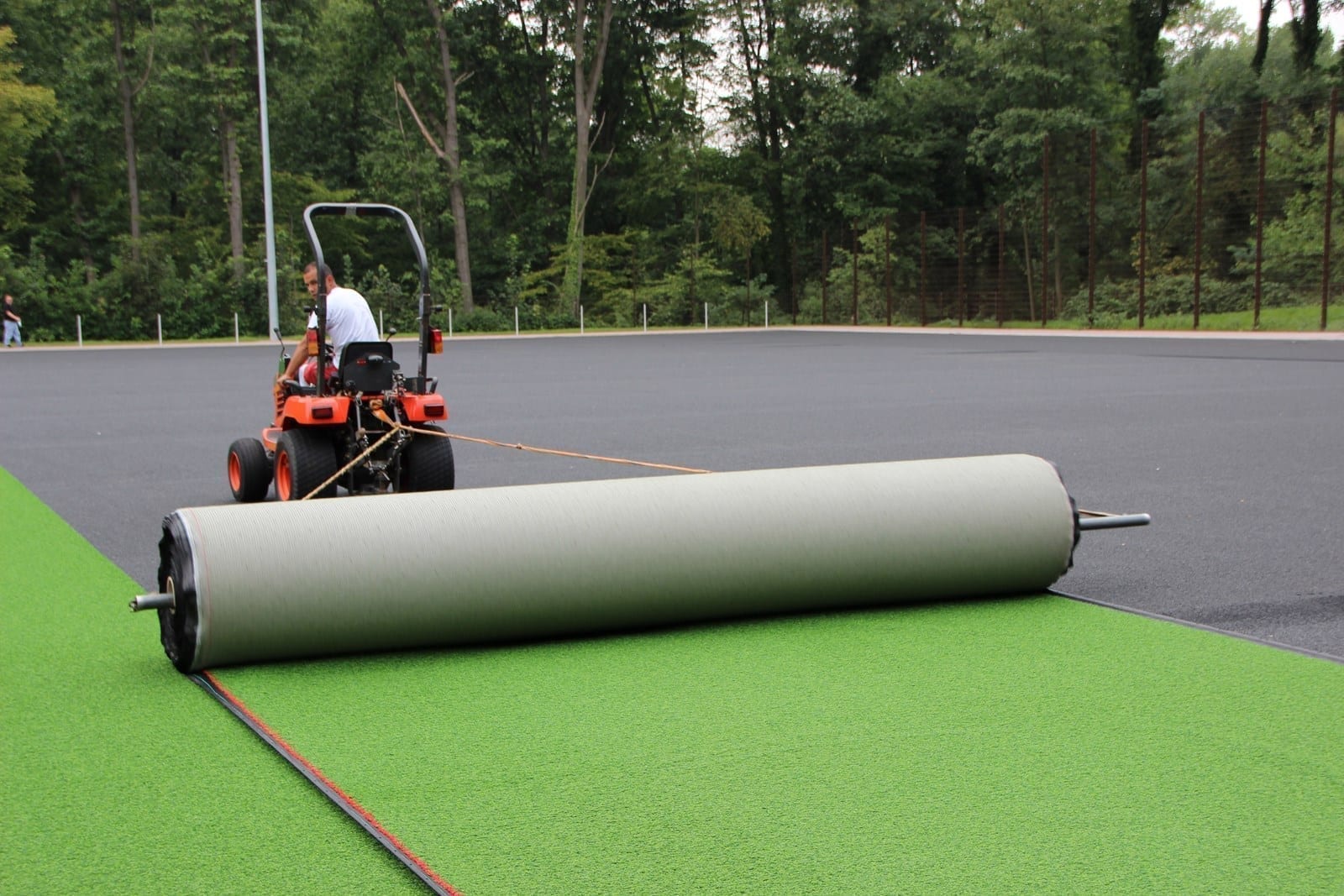
Who can offer competent support for the planning and construction of a sports facility?
Experts in terms of sports field construction and landscaping include specialised sports facilities planners and landscape architects who focus on sports field construction. They provide support in the planning and project development of a new sports facility. Sports construction companies specialising in the field of gardening and landscaping are suitable for the construction and subsequent maintenance. Although sports field surface manufacturers can quote realistic product prices, they rarely have the necessary expertise in building law. If the new sports facility is also to be used for officially recognised competitions and tournaments, an experienced specialist is all the more important as they will know the essential rules of all international sports federations such as FIFA, UEFA, IAAF, etc. almost inside out.
Play it safe with a feasibility study
If you want to be sure from the very start that the future sports field meets your requirements and wishes, you can have a feasibility study prepared by an expert. Depending on the project, this type of project analysis should take into account the following points:
- Evaluation of the current state of the property
- Client requirement analysis
- Construction costs estimation
- Resulting costs calculation
- Technical assessment of the various construction methods and products that correspond to the client’s requirements
- Soil investigation by a geologist (geological survey)
Geological soil survey
Missing or insufficient prior ground studies can result in significant additional costs or delays. For this reason, it is essential to clarify the conditions of the subsoil in advance with an appropriate survey report. Among other factors, the composition and formation of the individual soil types, load-bearing capacity, water permeability, subsoil freezing behaviour, groundwater level, etc. are taken into consideration. If the future sports field is to be provided with artificial grass, among other factors to bear in mind, the substrate must have a higher load capacity than natural turf. If the soil survey yields no restrictions on the construction of a sports field, the actual planning of the facility, e.g. an artificial grass pitch, can begin.
Sports field construction – the optimal arrangement of the playing field
When planning a sports facility, the arrangement of the playing field must be taken into account. The German Football Association (DFB) recommends aligning ‘large’ playing fields (standard football fields) with their longitudinal axis according to the North-South, in the North-West-West/South-South-East direction. This provides the advantage that athletes and spectators are not dazzled by the sun, especially later in the day.
The perfect size for a football pitch
According to FIFA and UEFA specifications, the standard size for a large football pitch is 105 × 68 m. In addition, there is a safety area and obstacle-free area (no barriers, ball fences, lighting poles, spectator facilities, etc.)
The obstacle-free area is at least 2 metres on the long sides and 4 metres on the short sides. The safety area around the pitch should be (in Germany according to DIN 18035 Part 1, 2003-02) 1 metre on the long sides and 2 metres on the short sides. When it comes to artificial turf, the German Football Federation (DFB) advises increasing the safety area to 1.5 metres and correspondingly reducing the obstacle-free area by 0.5 metres/2.5 metres. The ideal total surface area (playing field plus obstacle-free areas) of a football field is therefore 113 x 72 m. In addition, the slope of the playing field and drainage system play an important role in sports field construction.
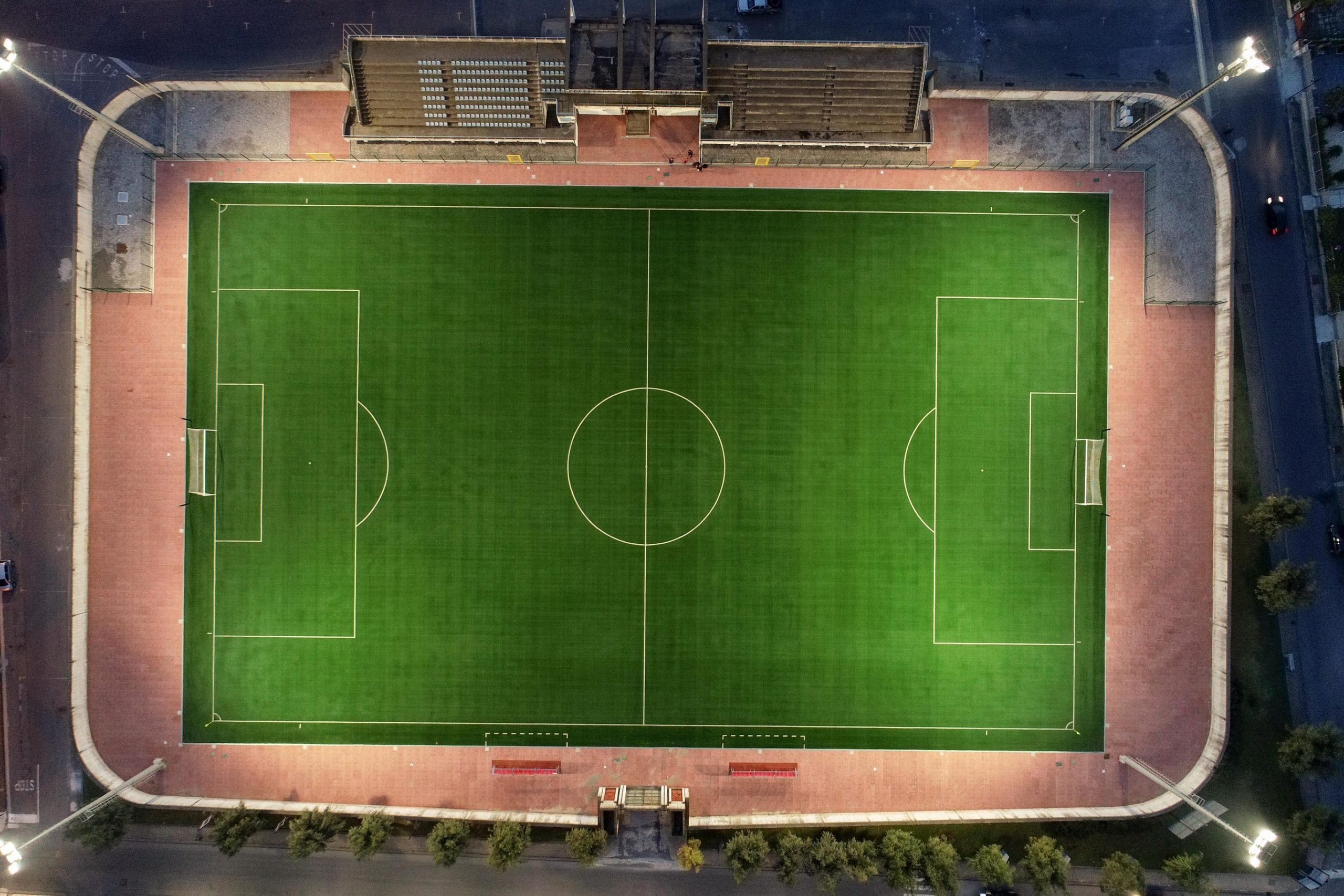
Sports field slope and drainage
In order to avoid puddles forming from surface water, an outdoor playing field requires a surface gradient. The maximum permitted slope is 1%, and 0.8% for cinder surfaces. Water that penetrates the structure is collected by a precisely calculated drainage system and passes into a receiving trough or cistern. For artificial turf systems the drainage channels can also act as a border for the sports turf. As standard, a sports field with artificial grass is drained by a vertical drainage system, ensuring that the majority of the sports field area is drained effectively, even during heavy rainfall.
Borders and ball fences around the field
Surfaces that are directly adjacent to the artificial grass pitch (such as the obstacle-free area) may be made of a different surface material, but must sit at the same height. For natural grass pitches, mowed edges are the rule.
The correct planning of a sports field also takes ball fences into account. These prevent the balls from flying over onto nearby paths or neighbouring properties, potentially causing personal injury or property damage. The height of the ball fences depends on how far away the areas to be protected are. Reference values in Germany for fence heights can be found in DIN 18035-1: 2003-02: This specifies a height of 6 metres for barriers on the short side of the sports field, and 4 metres for the long side. However, as already mentioned, these are purely indicative values – the actual dimensions are determined on site.
Expert tip: Based on many years of experience, our specialist planner prefers a 3-metre-wide space around the sports field, which is completely enclosed by a ball fence made of bar mesh. This creates a ‘cage’ that catches the majority of missed balls. This provides the advantage that the balls do not have to be ‘fished’ out of the surrounding meadows, bushes and puddles and do not create litter either. In addition, game interruptions are shorter and football matches more exciting!
Floodlighting systems and other fixtures
The most significant advantage of an artificial grass pitch is its almost unlimited playability, even in bad weather: Even in the cold, wet season, such an evergreen sports turf can be used around the clock, with only a few exceptions (such as during periods of frost and snow). However, in the winter months this requires floodlights, even from the late afternoon onwards, which must be factored into the sports field construction costs. A floodlight setup in Germany with six masts can cost between 60,000 and 80,000 euros – again depending on the individual construction project. Other standard features of a large playing field include two football goals in Germany, built in accordance with DIN EN 748: 2013-08, and four to six pitch flags. Depending on the project and its requirements, fencing, maintenance equipment and fixtures can add up to 60,000 euros.
Irrigation systems and the right artificial grass system
Whether an irrigation system is necessary depends on the respective region’s climate. The construction of such irrigation systems in Germany is regulated in DIN 18035-2: 2003-07. If the artificial grass field is to be used for field hockey games, irrigation of the sport-functional elements of the pitch is compulsory – the water gives the playing surface the necessary gliding properties required for a quick and precise game. Likewise, irrigation is recommended to reduce surface heat caused by intense sunshine on hot summer days and to reduce overall wear of the artificial grass. For the same reasons, artificial grass pitches for other sports are watered using irrigation systems. The amount of water required is approximately 6-8 l/m² for unfilled synthetic turf systems, and 3 l/m² for filled systems. Unfilled artificial turf systems are primarily used for field hockey, but are also used for multifunctional playing fields. An irrigation system therefore always depends on the chosen artificial grass system. We have summarised which artificial turf system is suitable for which club and which sport in a separate blog post for you.
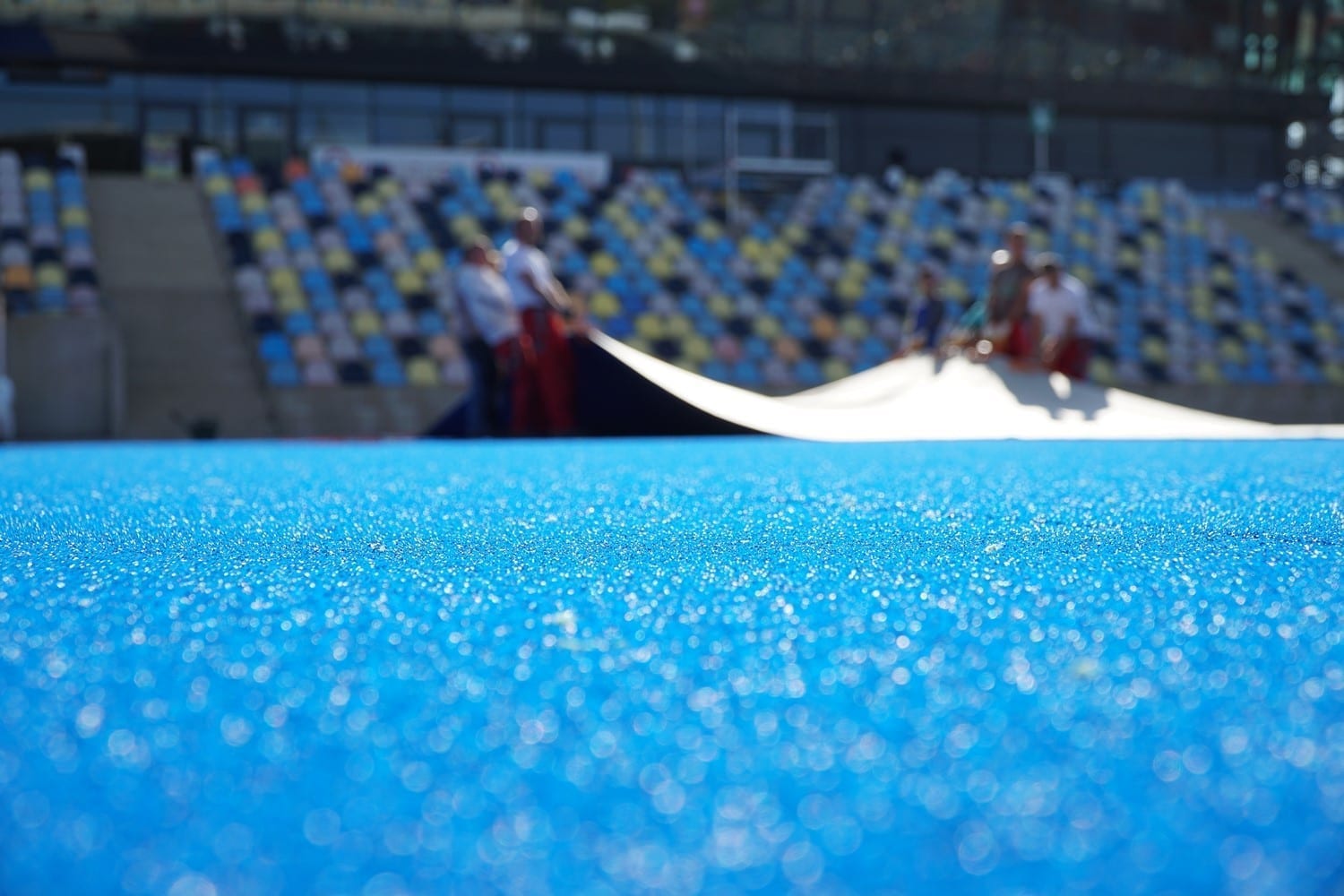
Expert tip: How to keep the construction costs of a sports field in budget
If the construction costs of a sports field get out of hand, good advice is often needed. Our expert attributes excessive sports field construction costs to prior unprofessional advice, inadequate soil surveys or insufficient market and product knowledge. Furthermore, clubs should not carry out their own online research on product prices, otherwise the project will be based on unsound figures from the beginning and may therefore be doomed to failure.
Conclusion: Proper planning of sports field construction projects involving artificial grass
If you want to enjoy a new artificial turf pitch for as long as possible the most important thing is to receive competent advice, planning and, above all, construction supervision from an experienced planner who specialises in the field of landscaping/sports facility construction. Equally important are solid financing, the commissioning of reliable sports field construction companies and suitable quality products from reputable manufacturers. For example, sports associations will provide information on the appropriate artificial grass system and its associated maintenance costs in relevant seminars. Visiting a trade fair is also often helpful to get an initial overview of the current product range.
